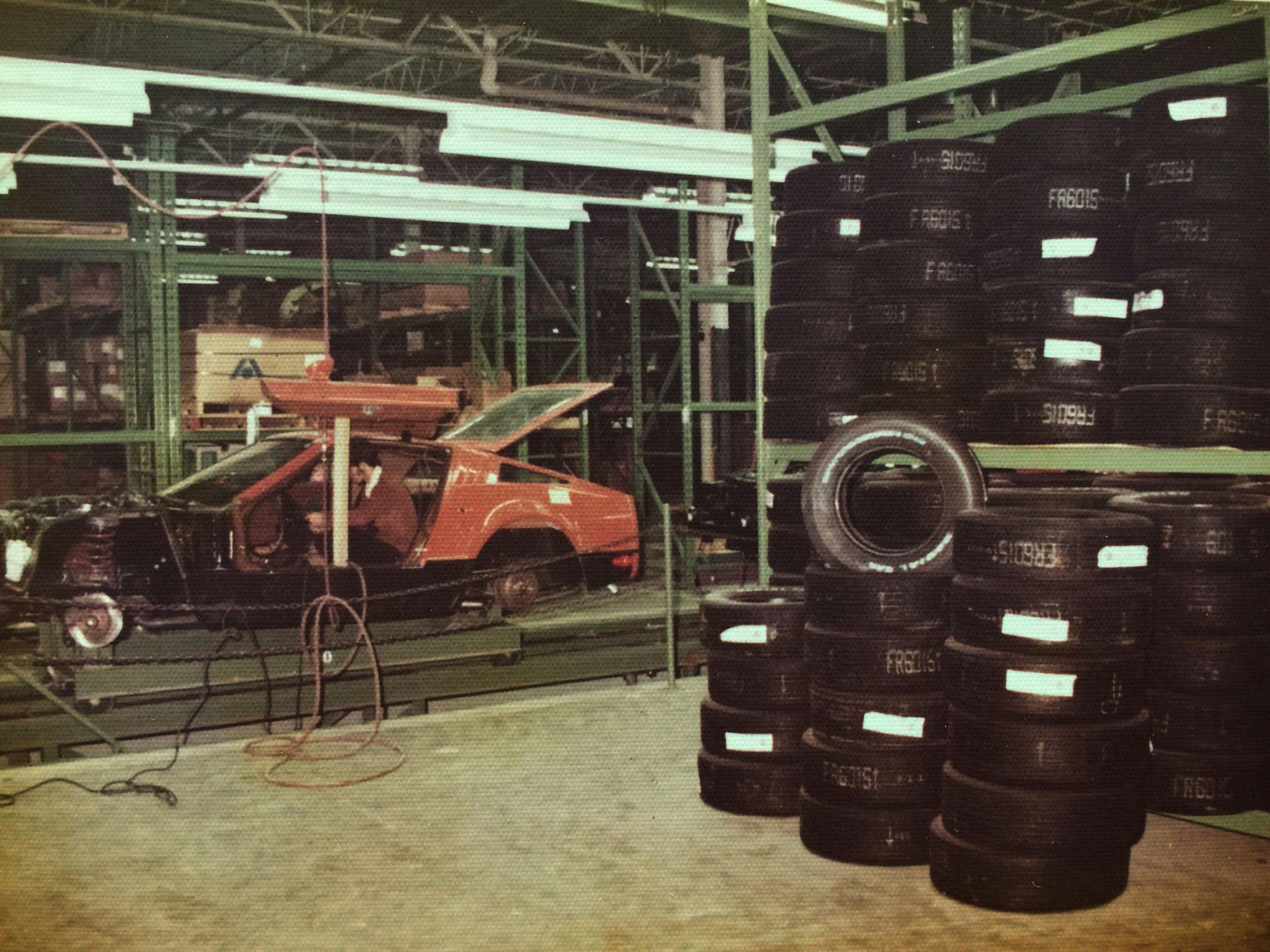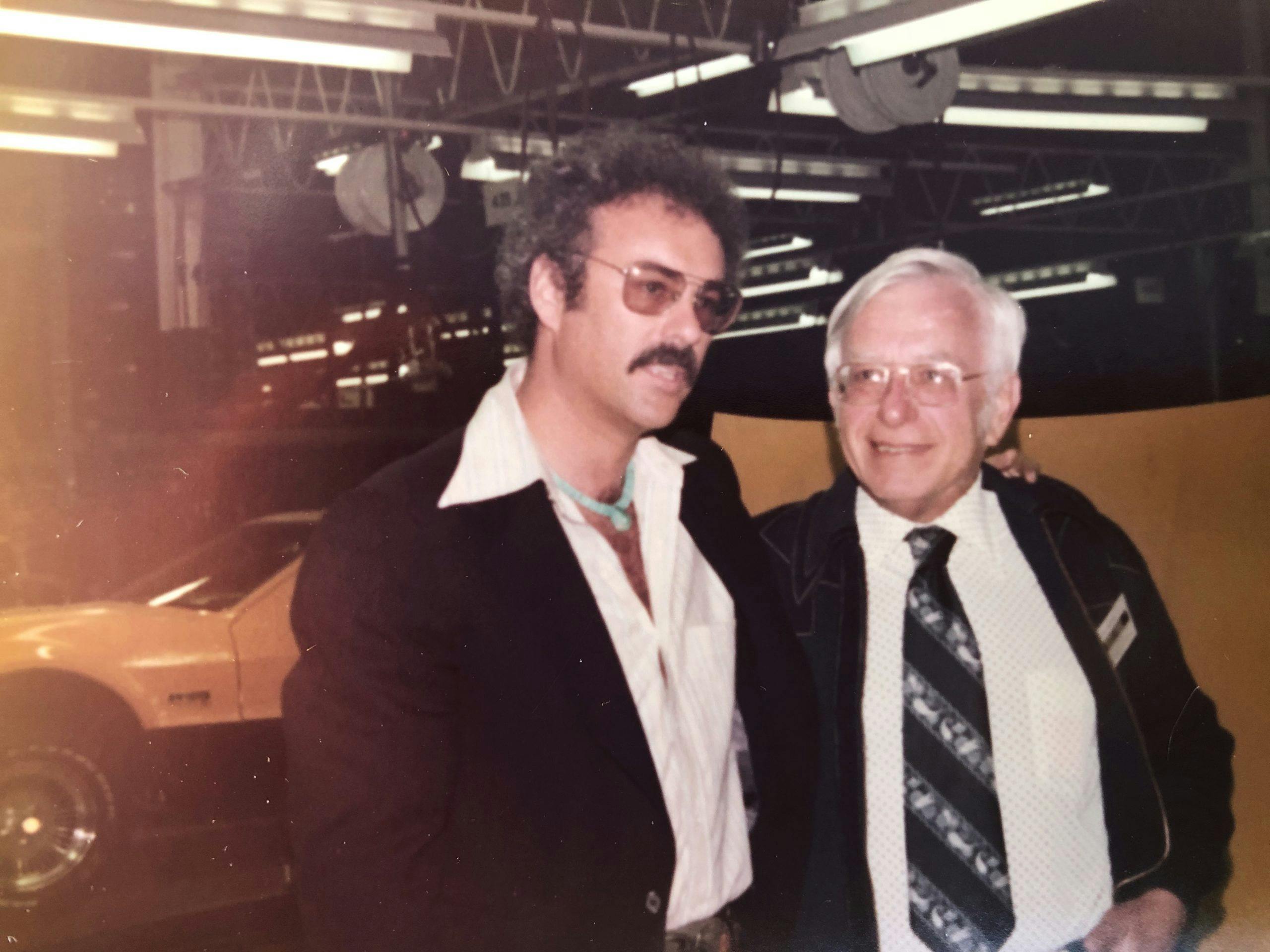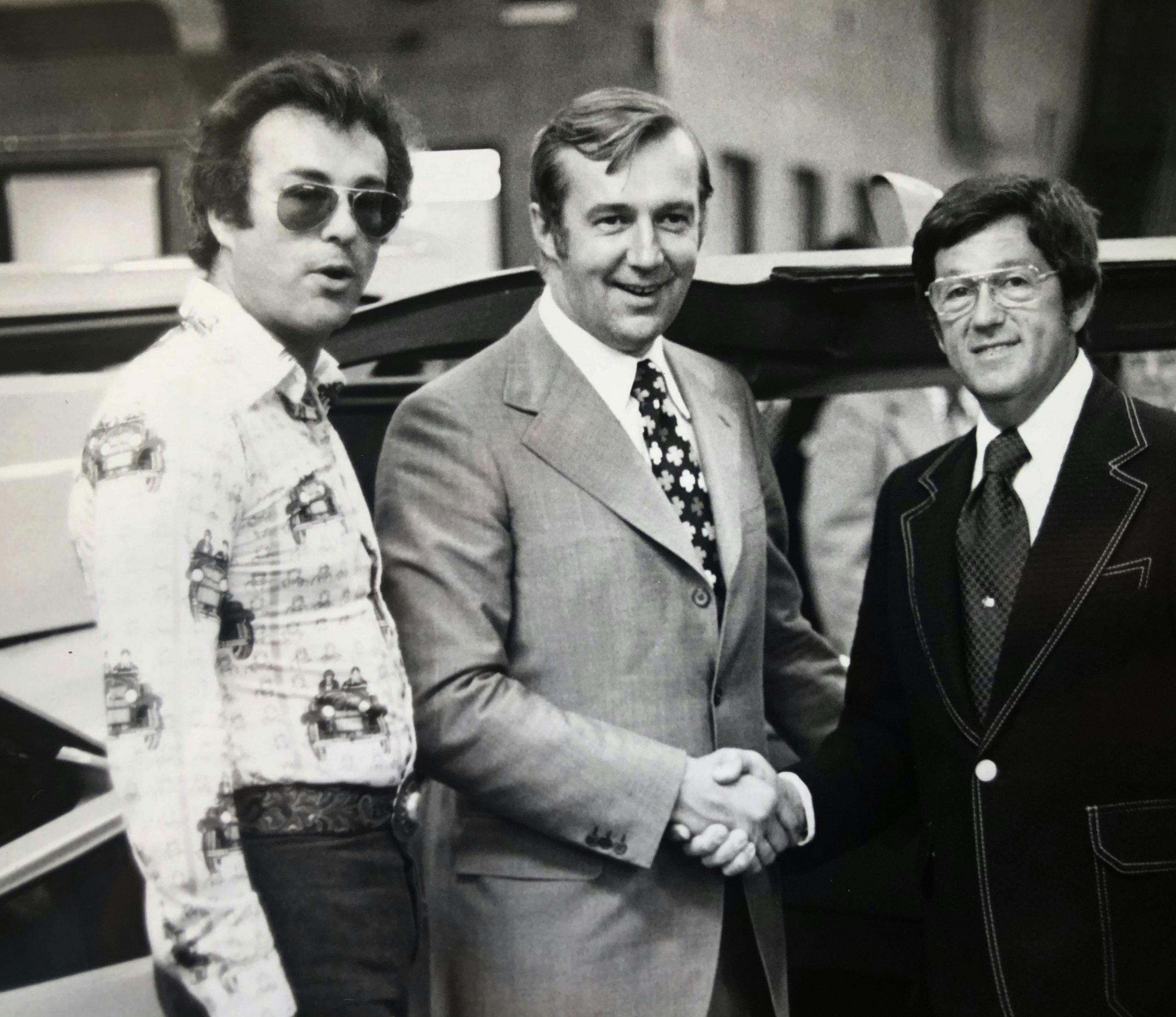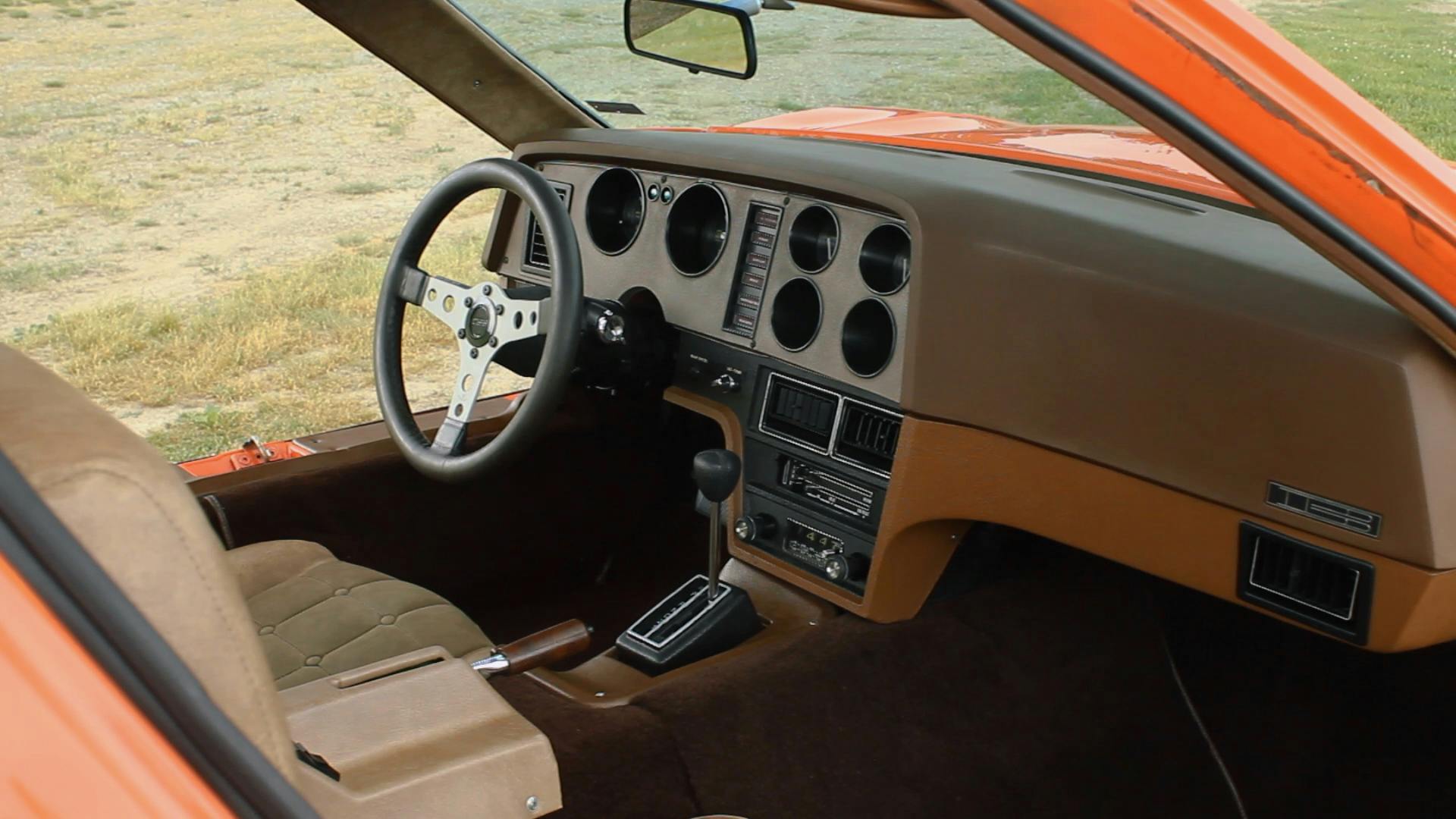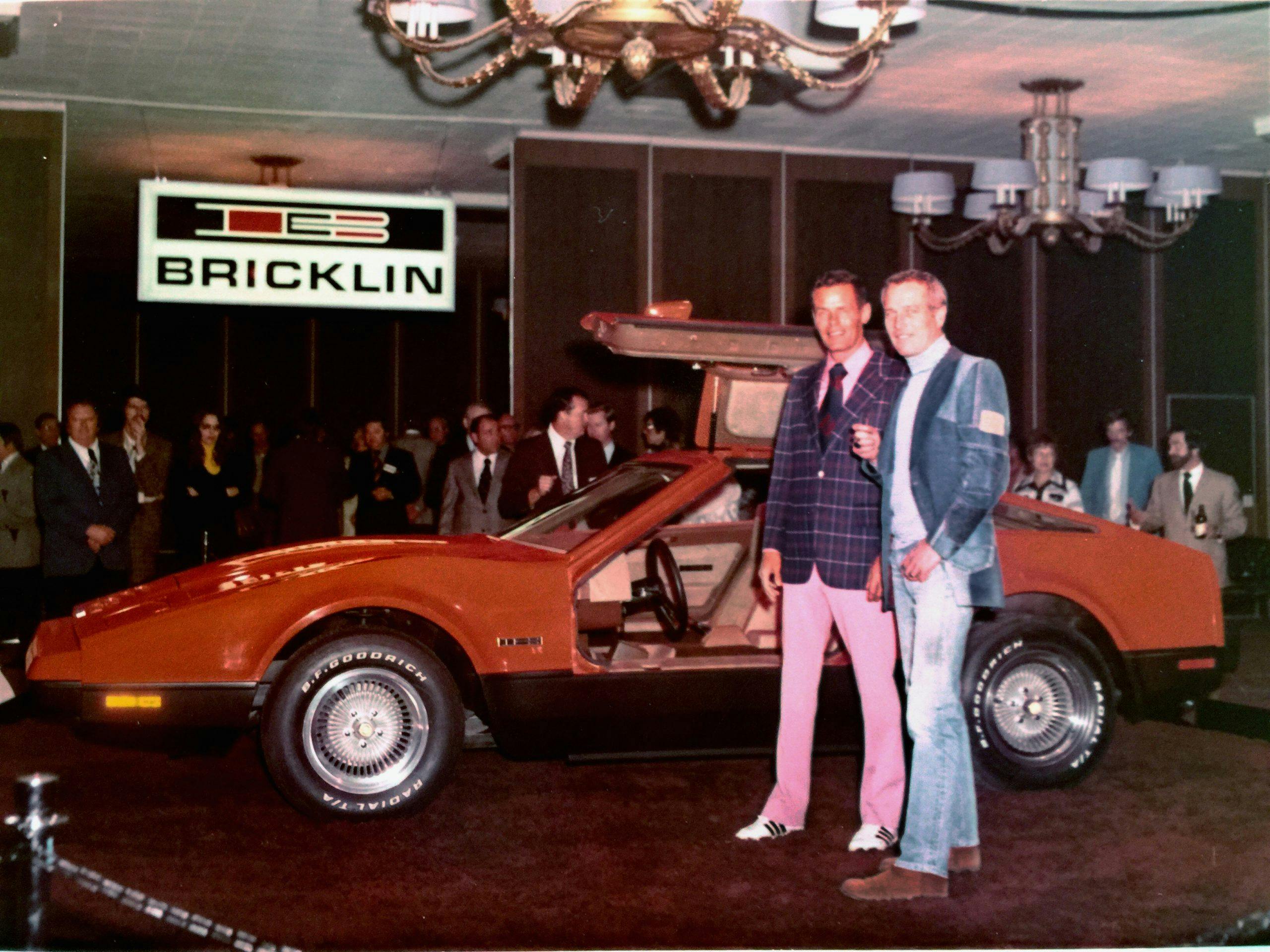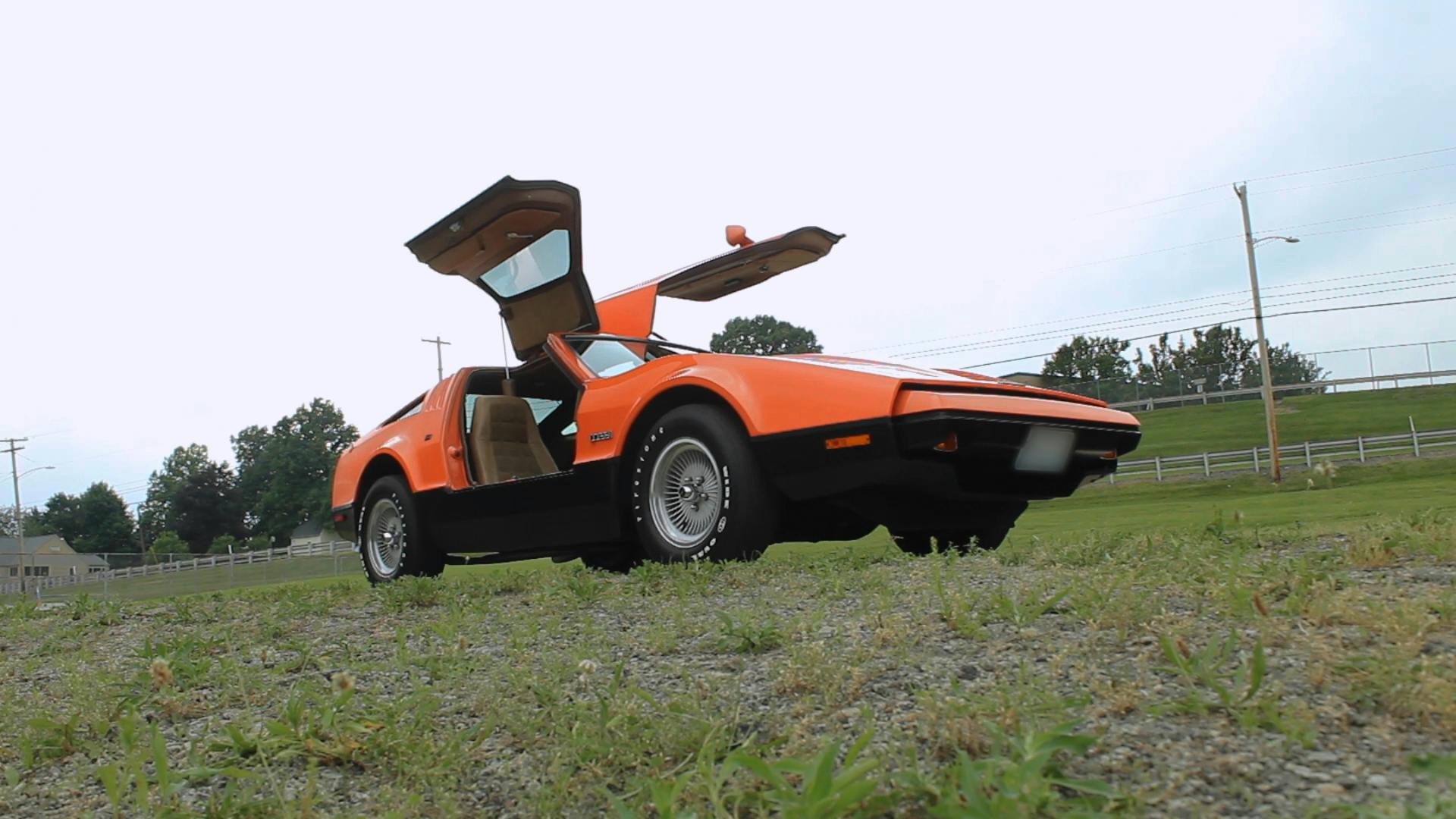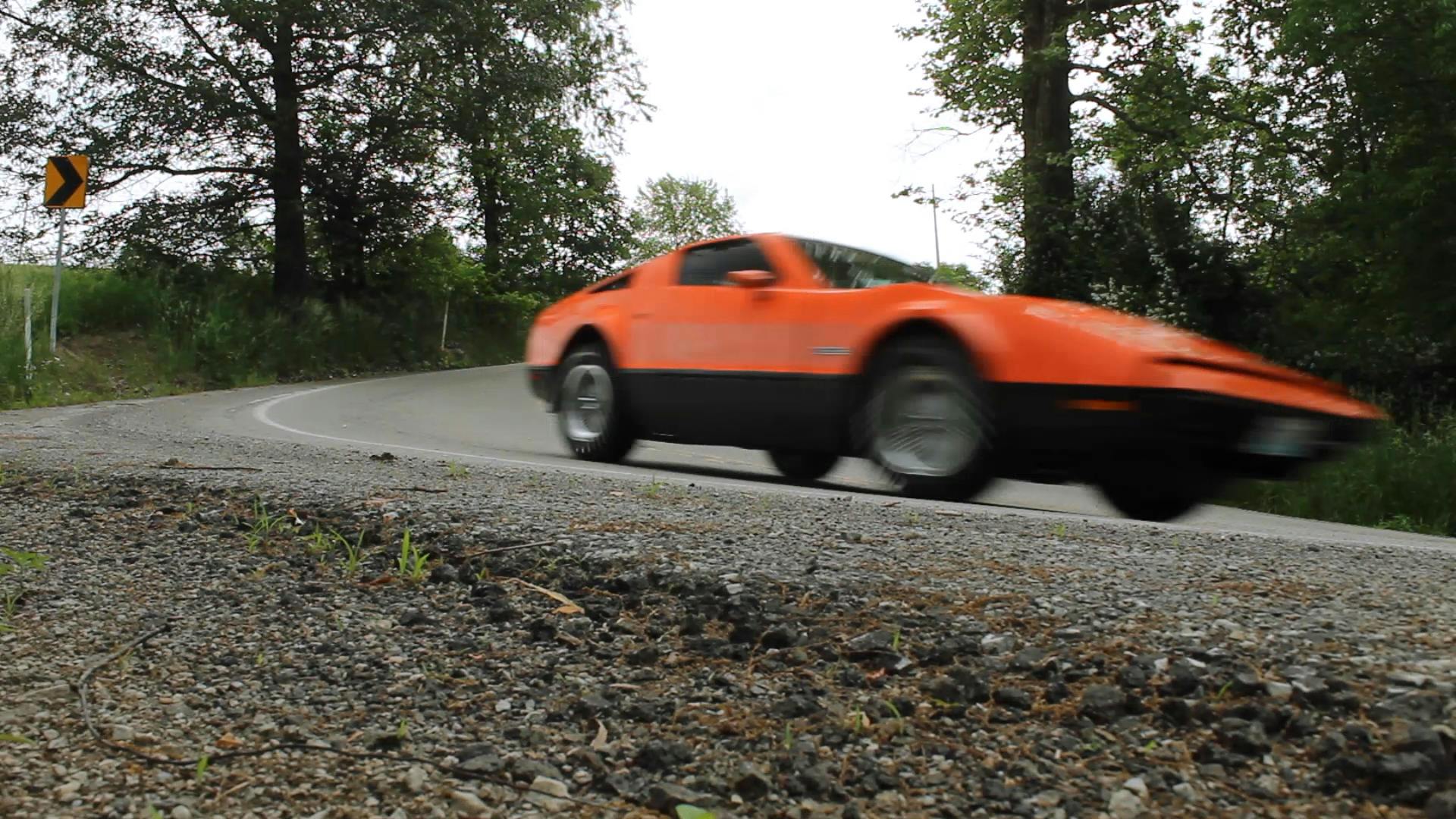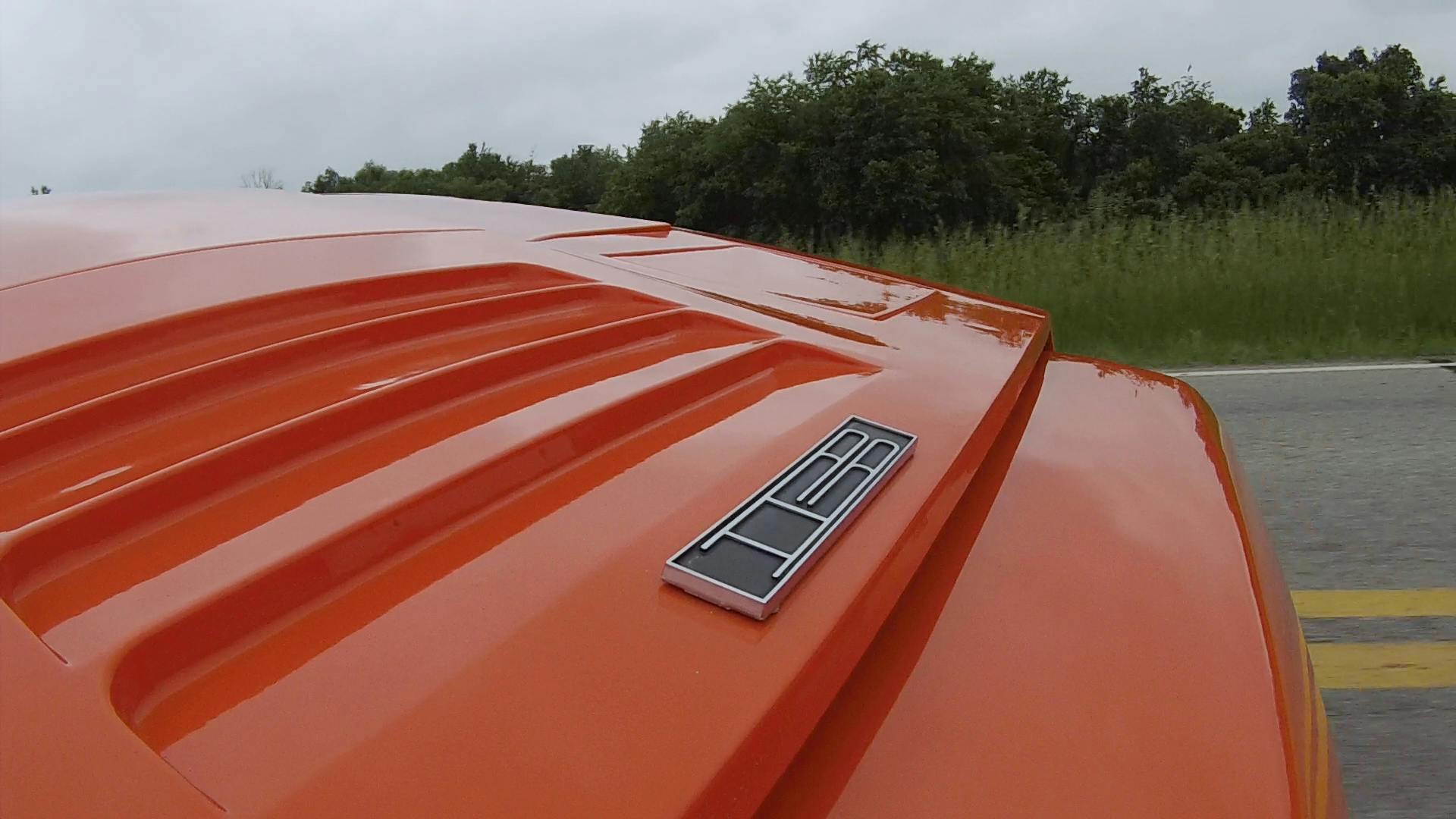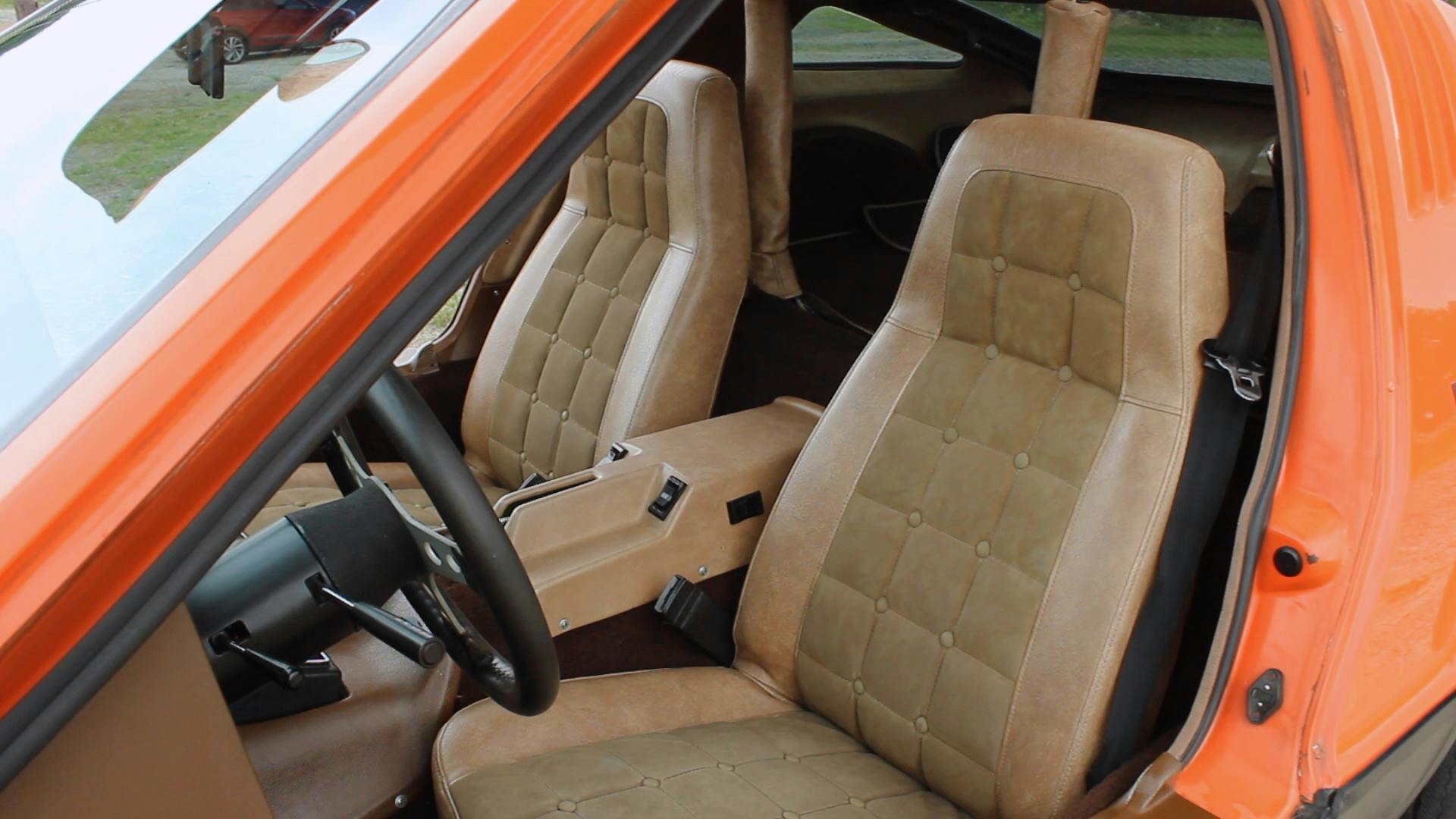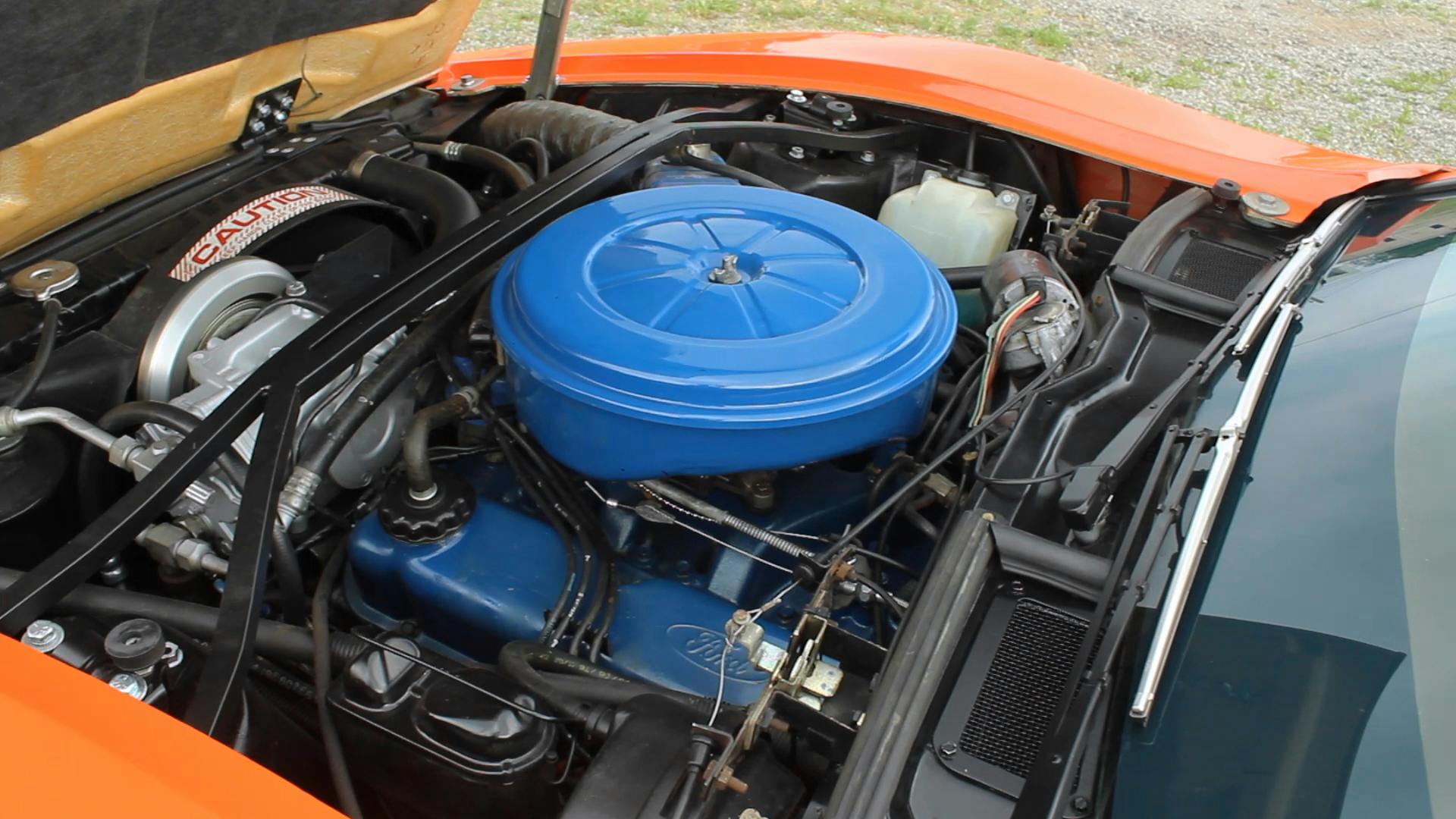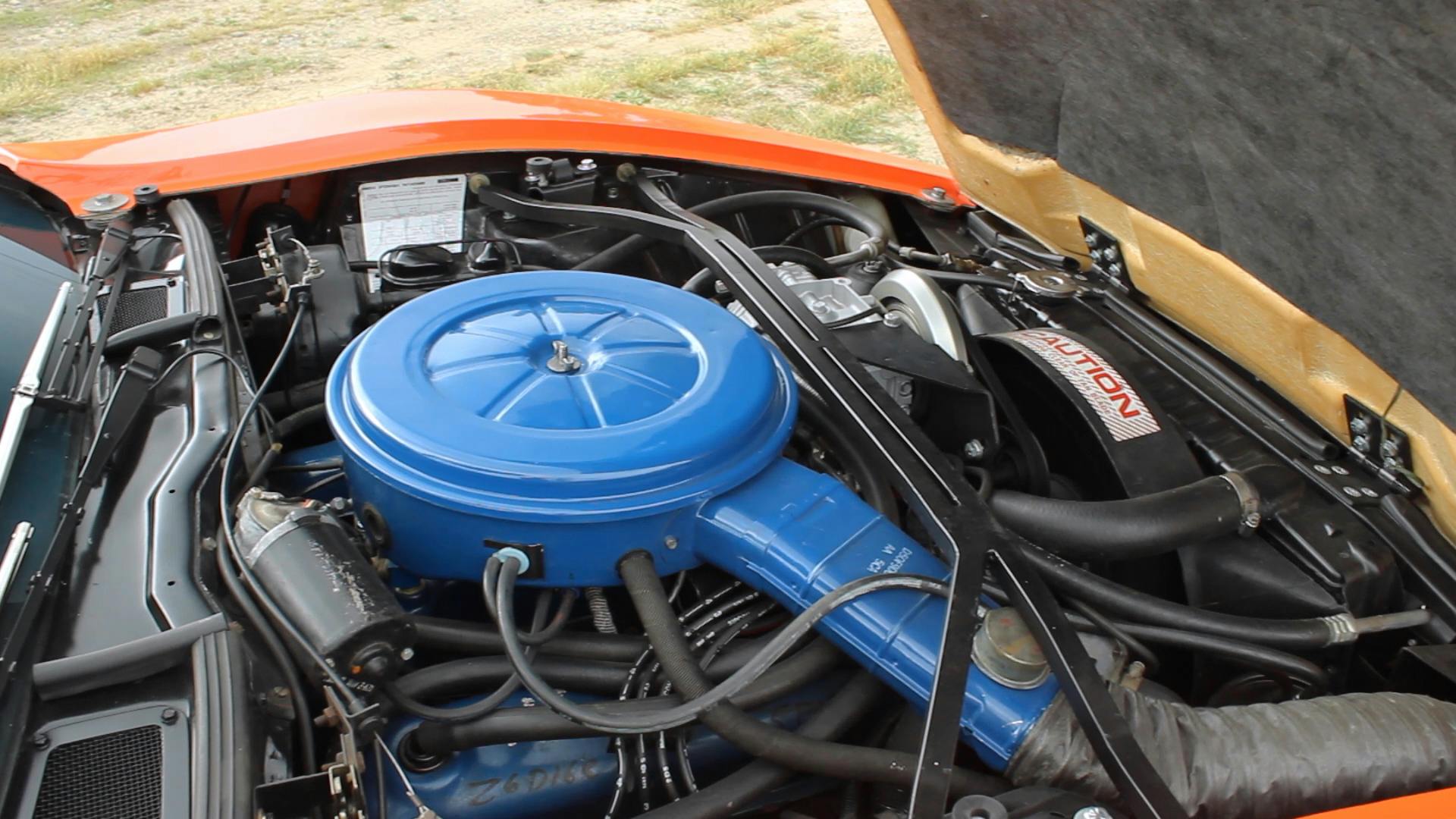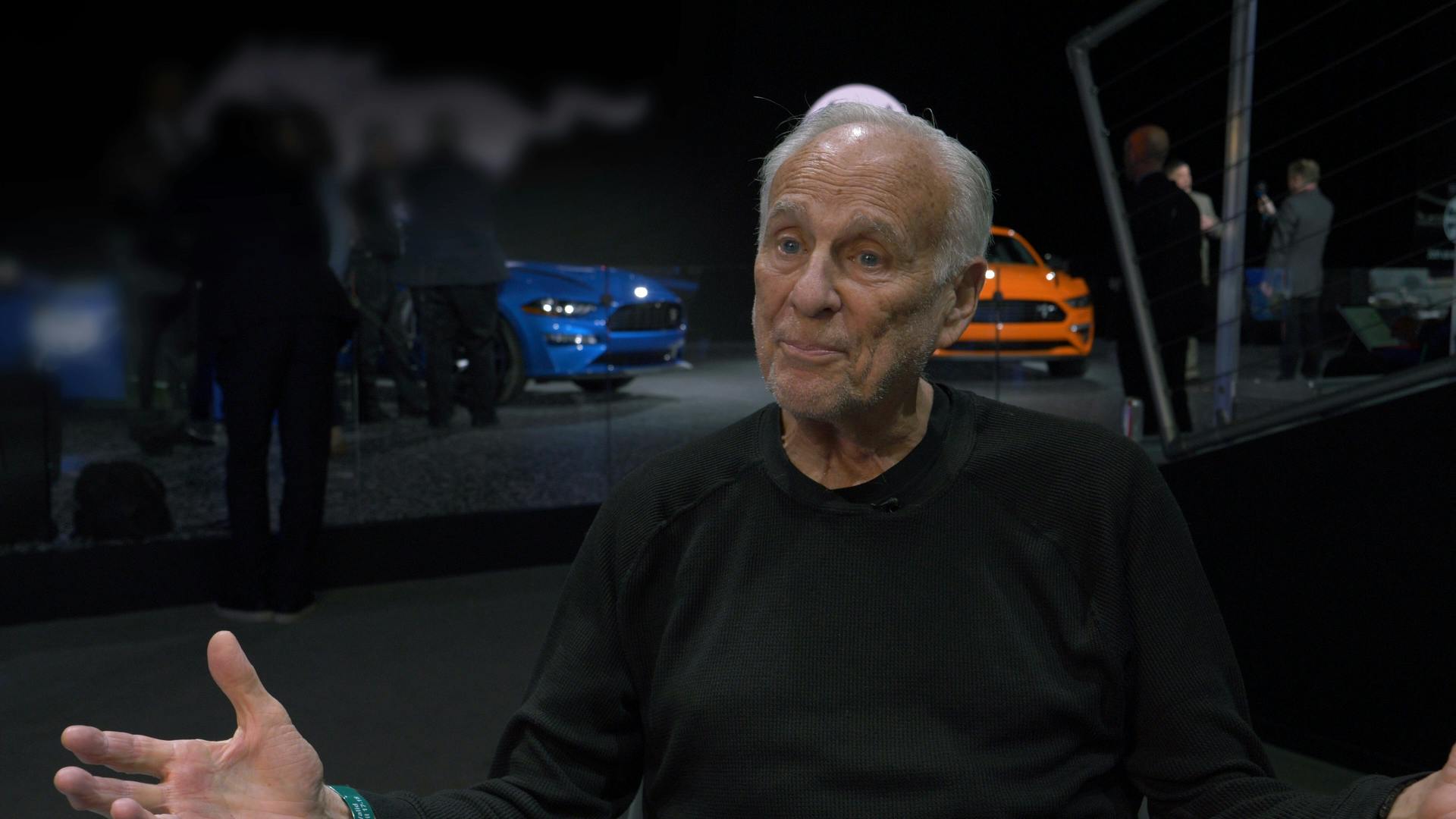We talk to Malcolm Bricklin and hear the hidden stories of the SV-1
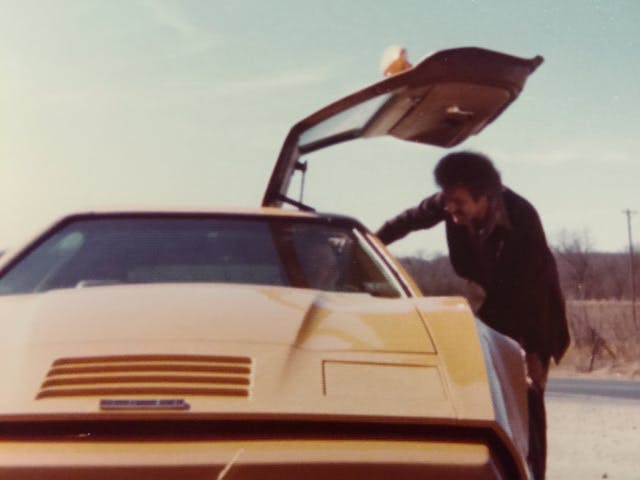
You can only fake it in the auto industry for so long. There are plenty of careers where where people can fail upward—covering mediocrity with marketing spin, resume padding, and aggressive grooming of your “personal brand.” In the auto industry, however, you eventually have to cast, stamp, weld, and assemble something of value or else go out of business.
When I asked Malcolm Bricklin why he decided to start a car company back in the 1970s, he said, “Because I didn’t know any better.” Indeed, the story of the Canadian-built, gullwing-doored, plastic-bodied Bricklin SV-1 affords many opportunities for armchair CEOs to wonder, “What were they thinking?” Then again, nobody starts a car company with the intent to follow the same rules everyone else in the industry does. In fact, that was part of the impetus for him to start his own automaker.
I had the chance to interview Malcolm at the 2019 New York International Auto Show. (Back when auto shows were still a thing …) Combined with my test drive of a 1975 Bricklin SV-1, I produced a mini-documentary of the car’s fascinating history. After 45 years, Malcolm’s view of the past may be rosier than others, but he’s a captivating storyteller, nonetheless.
Malcolm Bricklin has spent much of his life on the fringes of the automobile industry. From founding Subaru of America, to importing the Yugo, to an attempt at importing Chery automobiles from China, he has a mixed record of finding and capitalizing on unfilled niches in the American market. But of all those ventures, the company that bore his name still garners the most attention.
Lee Iacocca is often taken out of context for saying, “Safety doesn’t sell,” which wasn’t an industry generalization but rather a lament that Ford’s focus on safety in the late ’50s wasn’t as appealing to customers as GM’s focus on horsepower and performance. By the mid ’60s, customers had started to care about safety, however, and politicians were very concerned with the rising number of traffic fatalities in the U.S. With the creation of the National Highway Traffic Safety Administration in 1970, government added teeth to their efforts of making cars safer.
Still, the American automakers were recalcitrant to do more than the bare minimum. Salespeople complained nobody would pay extra for safety features. Stylists decried that building cars to the proposed safety requirements would make them hideous. (To be fair, some of the resulting vehicles were.)

Like so many others, Malcolm Bricklin had the audacity to believe The Big Three were wrong. In his early 30s, he was bitten by a bug to produce the world’s safest car and make it gorgeous as well. He revealed to me that building a sports car wasn’t his main goal, but simply the best way to achieve his other aims. I guess a safe, gorgeous station wagon wouldn’t have had the same appeal.
Different designers worked on the project throughout its stages, but it was the hiring of Herb Grasse’s design firm in 1972 that really turned the dream into a reality. During a phone interview with his widow, Terri Grasse, I learned that when Herb first heard Malcolm’s demands for the car, he quoted an astronomical sum for the design work in an effort to discourage Malcolm. When a courier showed up with a check for the requested amount, Grasse realized Bricklin would not be easily deterred. In the end, Grasse contributed greatly to the SV-1’s design and engineering, seeing to it that the car had the sporty handling to backup its hot looks.
As the video explains, the whole business venture often had a seat-of-the-pants mentality, with constant problems dogging Bricklin from the start. With an eerie similarity to Preston Tucker who came before him and John DeLorean who came after, Malcolm Bricklin seemed to have an irrepressible ability for recruiting others to follow his dreams regardless.
One of his most consequential recruits was Richard Hatfield, Premier of the Canadian province of New Brunswick. Interested in lowering unemployment in his region, Hatfield helped Bricklin secure millions of dollars in government loans to setup his factory in the Canadian city of Saint John. No doubt if there had been Twitter in the 1970s, the two would have courted each other the same way Elon Musk romances state governors into incentives for his factories.
The Bricklin Vehicle Corporation managed to overcome a variety of production hurdles and start building cars by 1974, powered by a 360-cubic-inch V-8 from American Motors with either a four-speed manual or three-speed auto. While the engine itself was reliable, Bricklin’s relationship with AMC wasn’t. During our interview Malcolm told a colorful version of his side of things—but to make a long story short, they switched to the Ford 351 Windsor V-8 for 1975. Unfortunately, the Ford engine came with an automatic only.

I recently had the pleasure of driving a “Safety Red” colored 1975 Bricklin SV-1, and despite having the less powerful Ford engine, it was no slouch. I attribute most of the credit to the owner, Howard Hesketh, a Hagerty member and the owner of Big H Bricklin Parts & Service. He knows these cars inside and out, and his SV-1 probably runs and drives better now than it did when it left the factory.
Although some consider it to be nothing but a muscle car, the Bricklin could probably out-handle most American contemporaries except the Corvette. I’m usually pretty timid when I first get behind the wheel of somebody else’s classic, but Howard kept pushing me to push the SV-1, and I was surprised at how well it handled. Driving the winding roads outside of Pittsburgh, Pennsylvania, it held on tight through corners. The ubiquitous patches of torn-up pavement would upset the live rear axle mid-turn, but once we reached an undamaged stretch of asphalt, the car really came into its own. There were few bright spots in the “Malaise Era,” but this car is one of them.
Thanks to massive safety bumpers and beefy reinforcements in the frame and doors, the Bricklin passed government standards without difficulty. Yet, the styling remains eye-catching to even to this day. The aggressive wedge shape and complete lack of chrome makes it look more like a 1980s car than a 1970s one. I think it would fit right in next to a C4 Corvette or Ferrari Testarossa.
Sadly, the Bricklin Vehicle Corporation never saw the 1980s. I won’t spoil the ending, but Malcolm claims they were just getting the kinks worked out when everything fell apart. After going into receivership, a handful of 1976 models were built from the remaining parts. Total production across all 3 years was 2906. Rarest of all are the AMC-powered cars with four-speed manuals.

Herb Grasse, who had devoted so much of his life to the project, was ordered by the bank to return his two Bricklin SV-1 company cars. In a fit of rage, he delivered them by driving each off-road through the Arizona desert at high speed, claiming he was simply taking the shortest route.
For years, SV-1s were seen as oddball orphans. Lacking the Hollywood celebrity of DeLoreans, they weren’t worth a whole lot, and many suffered at the hands of neglectful owners or confused mechanics. However, Howard claims the car is now experiencing a renaissance. Prices are ticking up, yet still remain affordable. Hagerty places Bricklin values between $6800 and $36,600. Dedicated owners like Howard have figured out pretty much all the car’s wrinkles, and an active owners club provides a good family for those interested. He and his wife Kathy take regular road trips in their SV-1, including one from St. Louis all the way to Pittsburgh for the purpose of meeting me. Their only “problem” along the way was answering all the questions from gawkers at rest stops. The car’s bright colors and gullwing doors invariably draw a crowd.
As we wrapped up our interview in New York, Malcolm made sure to plug his newest venture—a $26,000 battery powered three-wheeler with scissor doors called the Bricklin 3EV—that he claims is the way of the future. I don’t know how successful his efforts will be, but I do know that he’s already built 2906 more cars than any of those armchair CEOs ever will.
